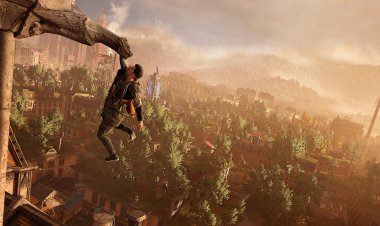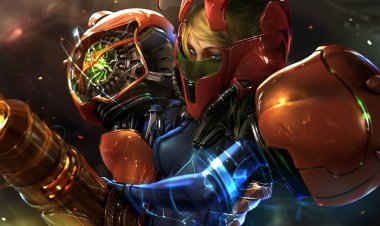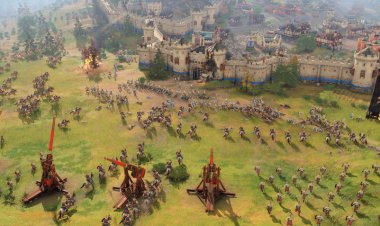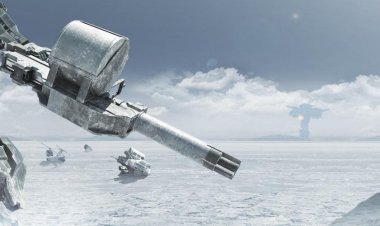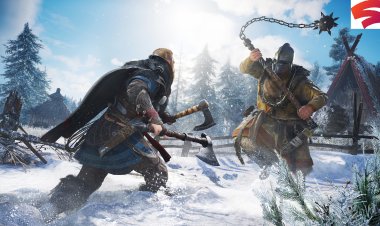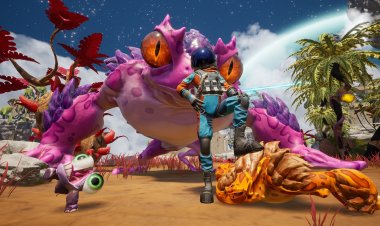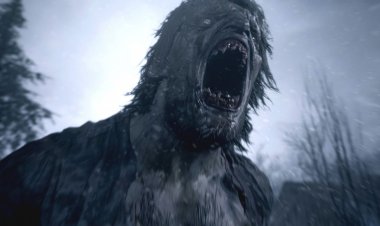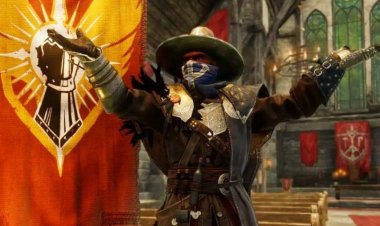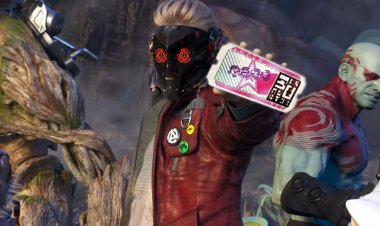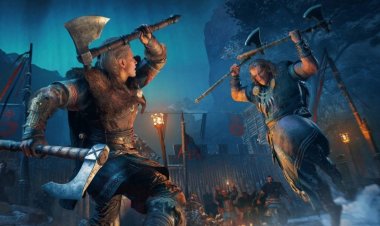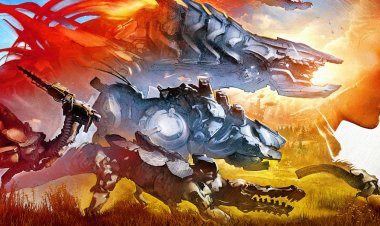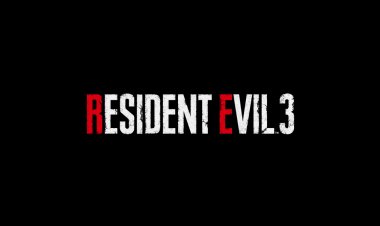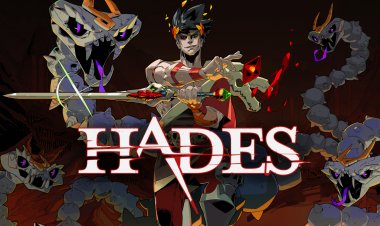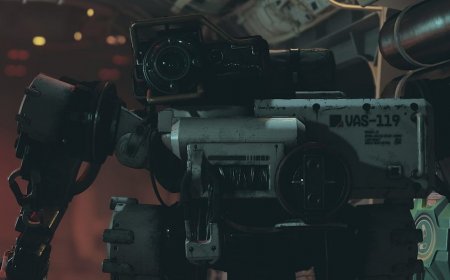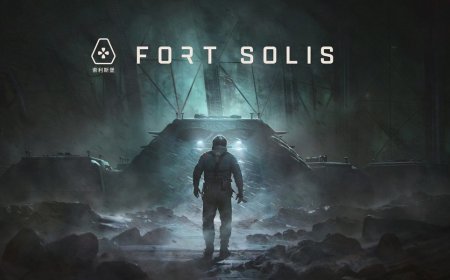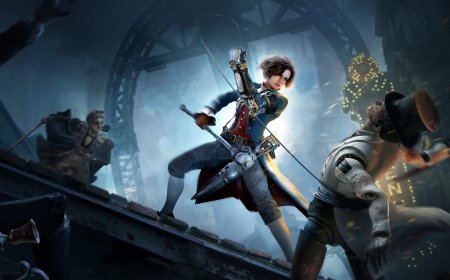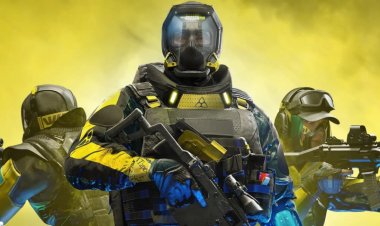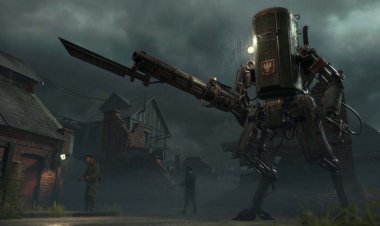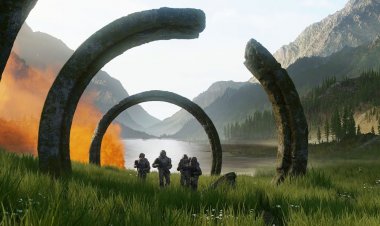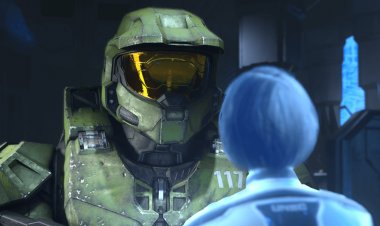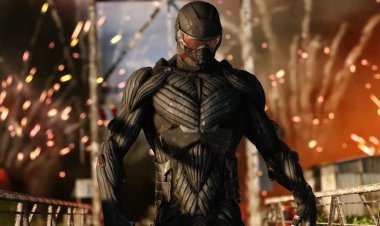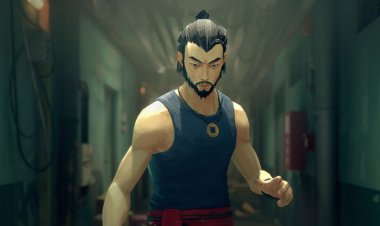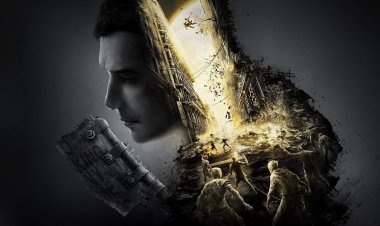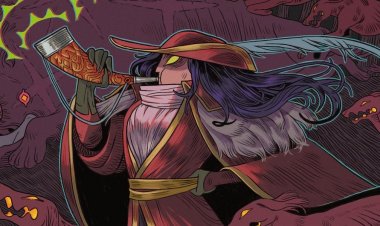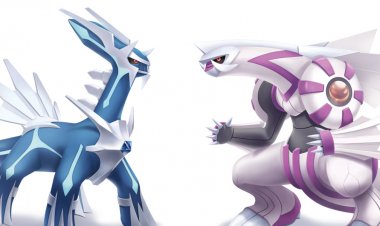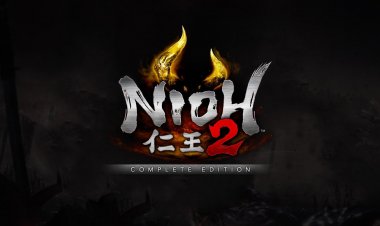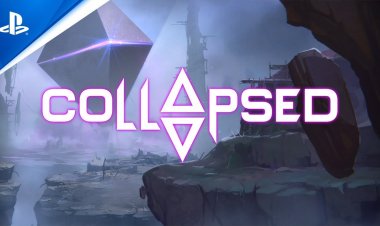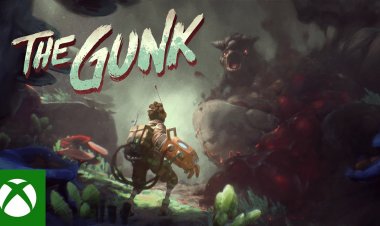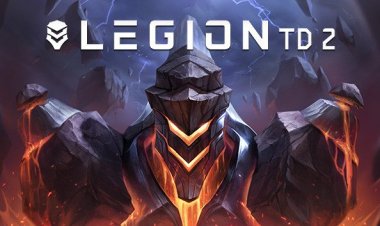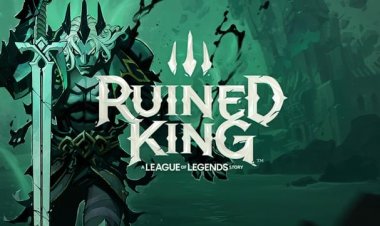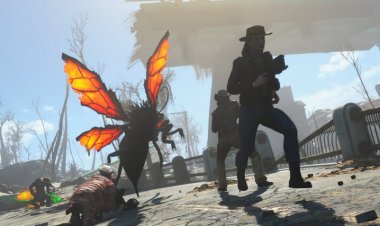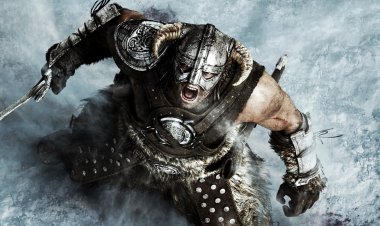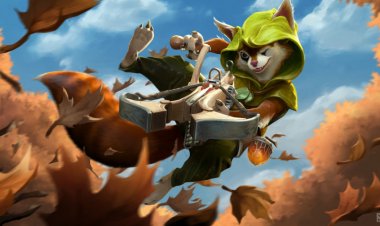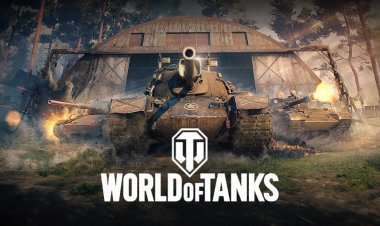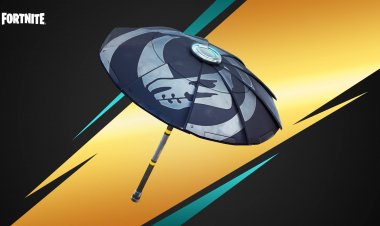The best and most memorable bosses of World of Warcraft
The bosses that are included in the World of Warcraft compilation are probably well known to all experienced WoW raiders. But it was no wonder to forget about some fights, because the old raids are gradually losing their relevance, they are replaced by others, and new players.
Al'Akir, Throne of the Four Winds
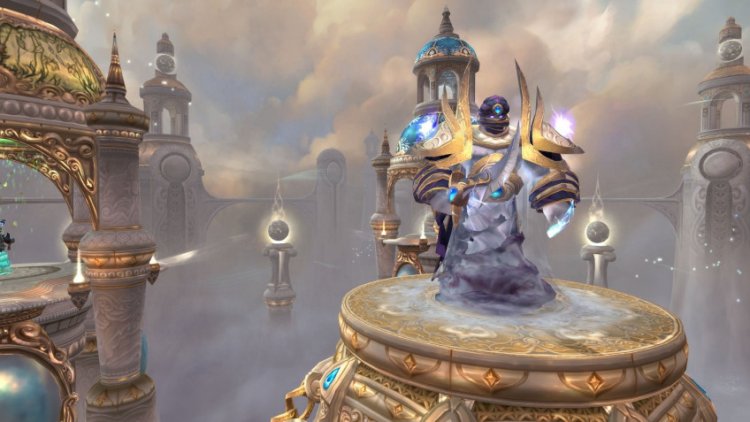
The Lord of the heavens Al'Akir, the accomplice of Deathwing and the master of the Throne of the Four Winds is living proof that Blizzard once not only gave out endless copies of successful solutions, but was not afraid to experiment and try something new. The boss himself did not come out particularly difficult: his fellow guards from the Conclave of the Wind created much more problems for the raiders. However, the huge elemental possessed a unique technique.
In the third phase of the battle, Al'Akir destroyed the platform on which the raid took place, and the players found themselves floating in the air. The final of the fight took place in flight, in a completely three-dimensional environment. It turned out to be more difficult to navigate in this space than on the usual solid ground, and at first the boss caused the raiders a lot of trouble.
And not just him. It took more than a month to kill Al'Akir for the first time, and a solid part of that time was spent just getting to the boss, because the air bridges in the instance did not lead to the next platform, but outside the dungeon. When the navigation was finally fixed, the number of raids on the final boss had to be reduced, because its complexity grew depending on the number of players. Traditionally, Blizzard weakened Al'Akir after some time, after which he ceased to pose any significant threat.
Since then, for some reason, the company no longer favors the technique of aerial combat, sending us flying either for a short time, or on a "support" (let's remember the back of the Deathwing). The last time a three-dimensional boss appeared in the Eternal Palace, although the entourage there was completely different: A dark-water leviathan was sitting in an underwater cave. And the main mechanics were not related to orientation in space at all, but to the burns of jellyfish, which did not allow to restore health.
Uu'nat, the Crucible of Storms
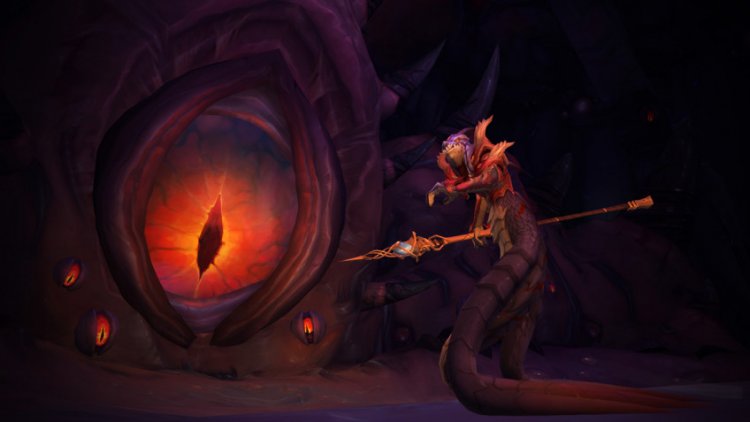
The dungeon "Crucible of Storms" was a raid from which no one expected anything: passing content designed to dilute the expectation of the main battle. There are only two bosses (or rather, three, but the first two act as a duet), no labyrinths and theatrical plots. All the more unexpected was the fact that it took 731 attempts to kill the final boss for the first time — Uu'nat lasted 11 days. Yes, this period does not compare with how long they tried to fill up K'tun, but there is one significant difference: the Uu'nat was not broken, but complicated - even though Blizzard managed to weaken it twice before the first murder.
The developers have trained the faithful servant of N'Zoth in a number of insidious and dangerous mechanics. Summoned monsters were constantly on his side, which not only harmed the players, but also treated the boss himself. The raiders had to dodge dangerous areas and deadly strikes, sacrifice their health for the sake of their comrades and quickly switch to the most important goal. And all their attempts were watched by the impassive eye of the Ancient god: the meeting with him at that time was not at all close.
Uu'nat ranks first in the number of attempts for the first kill. Their counting, however, was not conducted from the very beginning of the history of raids in World of Warcraft. But according to this indicator, the Herald of the Abyss bypasses Queen Azshara, Yogg-Saron, Ragnaros and other outstanding WoW bosses.
Archimonde, Citadel of Hellfire
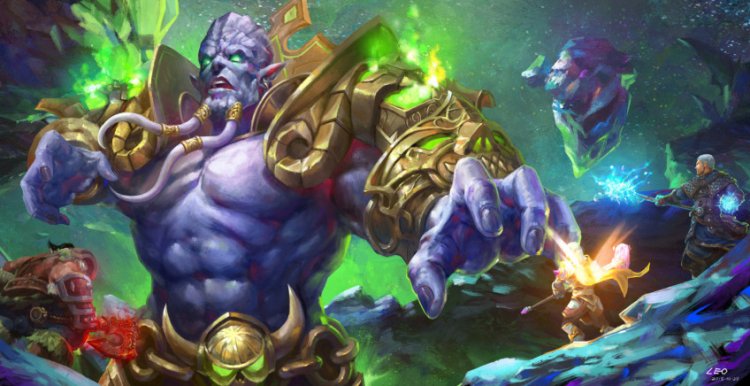
Archimonde the Defiler, archdemon and the right hand of the fallen titan Sargeras is one of the legendary bosses and the most important figures in the mythology of World of Warcraft. Players who managed to overcome all the challenges of the "Battle for Mount Hijal" stumbled upon a surprise: the final boss was noticeably different from all the previous ones. The battle with him at one time required extreme concentration and attentiveness: any mistake by a single member of the raid led to the death of the entire team after 10-15 seconds.
However, with Archimonde, as with many other bosses, not everything is so simple. Firstly, we had to kill him twice, and there is no guarantee that he died with the ends. After the battle on Mount Hyjal, the archdemon returned to us in Warlords of Draenor: he turned out to be the final boss of the Hellfire Citadel. His return was explained by the fact that demons in the Warcraft universe can be finally killed only in the Whirl of the Void. So Archimonde has every reason to someday reappear somewhere in Azeroth or Draenor, or even on Argus — why not?
And due to the fact that Draenor came out so broken that at some point Blizzard stopped trying to fix it and switched to Legion, Archimonde turned out to be the final boss of the add-on. We just started by trying to figure out what Grommash Hellscream had done, and the unexpected invasion of demons looked sudden, inexplicable and unsaid, as did Grommash's instant transformation from villain to hero. And this further aggravated the players' dissatisfaction with the unfinished "Draenor".
However, in his second coming, Archimonde confirmed the reputation of a treacherous boss. It took 472 attempts to kill him for the first time in the most difficult mode.
Jaina Proudmoore, The Battle of Dasar'Alor
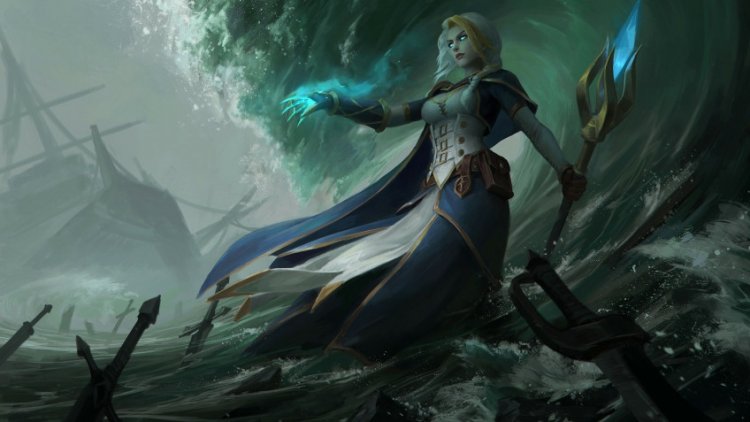
Blue-eyed blonde, Daughter of the seas and one of the strongest sorceresses of Azeroth, Jaina Proudmoore is not only a favorite heroine of cosplayers, artists and authors of erotic fan fiction. Her story permeates a huge layer of World of Warcraft events: first, the failed bride of Arthas, then a colleague of Thrall, and finally, a traitor to her people and the culprit of her father's death. Once she almost ruined Ogrimmar, and if it weren't for Kalecgos, Blizzard would have had to draw a new capital for the Horde. After that, Jaina disappeared for a long time, only to return to the beginning of the battle for Azeroth.
Jaina became another "Face of War" along with Azshara and Silvana. And her return was not only long-awaited, but also incredibly spectacular: the song performed by Helavisa and the wild male choir was appreciated not only by Russian players. And in the supplement itself, Jaina not only took on a huge share of the Kul-Tiras plot, but also acted as the final boss of the raid.
The Battle for Dazar'Alor turned out to be another unusual Blizzard experiment. Its passage turned out to be radically different for the Alliance and Horde players: the former attacked the capital of the Zandalari Empire, the latter tried to prevent them. And then they could switch places to see with their own eyes how the siege went from the point of view of different factions. Thanks to this, everyone could fight with the final bosses, King Rastakhan and Lady Jaina, regardless of the side of the conflict. Spoiler: in the finale of the battle, the girl remains alive, and she still has a lot of work in the Dark Lands. But the king was not saved by the agreement with Loa Bwonsamdi.
Jaina has a variety of magical techniques, but water and ice obey her best. This is also taken into account in her boss-fight: at first we try to resist not only her elementals, but also the ships of the Kul-Tiras fleet, firing frigates from cannons. And in the second part, Jaina lures us to an icy arena, where we have to fight blizzards, survive freezing and get heat by any means in order not to give oak. The first murder of her epoch-making version took 346 attempts.
Chernoruk, Foundry of the Black Mountain
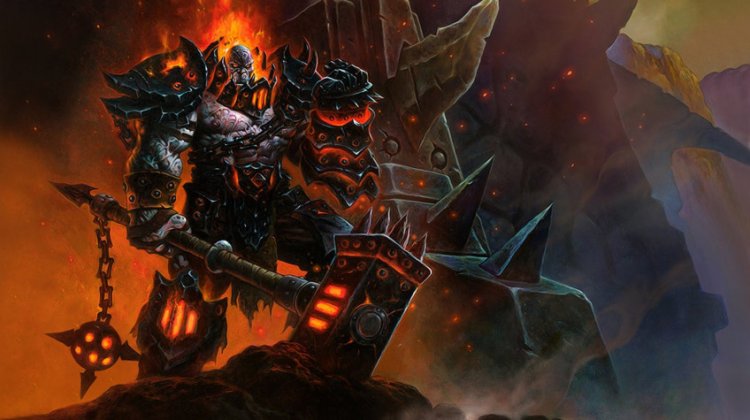
The addition of Warlords of Draenor, as we have already noted, came out unfinished — and remained so until the very end. This also manifested itself in raids: most of the bosses of Draenor turned out to be quite standard and faceless. But the more stark contrast to them were the final and (in rare cases) intermediate bosses. Chernoruk is a great example of how the raiders, who cleaned up all the floors of the atmospheric underground factory of orcs without any problems, ran into a very difficult test. Even on normal difficulty, Blackhand was more dangerous than many heroic raid opponents of those times. And it took 325 attempts to defeat the boss for the first time on epochal difficulty.
But Chernoruk stood out against the background of the bosses of that time not only by insidious tactics that changed the battlefield from time to time. In addition, he was completely devoid of the usual "Warcraft" pathos and most of all resembled a busy foreman who dared to be taken away from business. His saying "You had to duck" even became popular among the raiders.
The battle with Chernoruk turned out to be difficult to master: he conducted a DPS check, that is, it was necessary to pour damage into him for a limited time at least the required level. In the first phase, it was necessary to demolish a third of the boss's health reserve before the entire workshop was flooded with red-hot slag. At the second stage, assistants joined the battle, and at the third, constant damage was resumed throughout the raid from the constant growing overheating. If this phase dragged on, then at some point the healers simply stopped coping with keeping the team alive.
Ships and chess
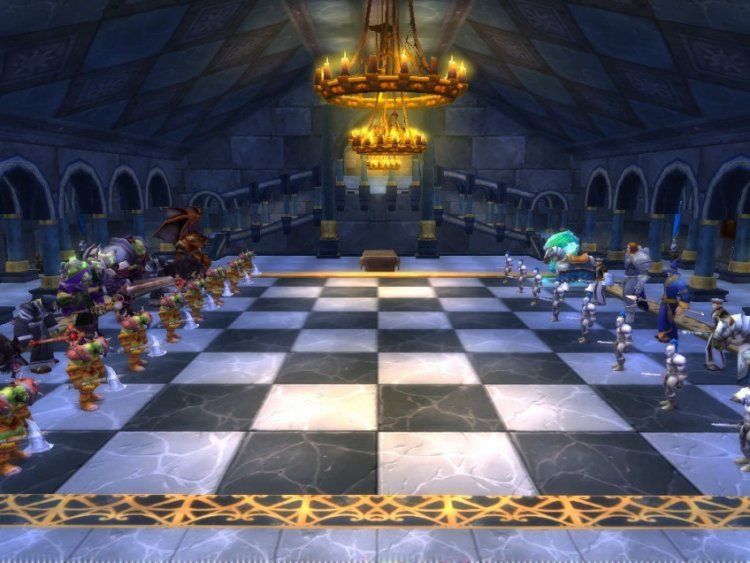
Experienced raiders know that bosses don't have really unique mechanics that often. The same puddles, assistants, strikes on the square and in a straight line are repeated over and over again for most of them — only the entourage and the pitch change. And very rarely there are battles that are radically different from the usual ones.
Karazhan dungeon in The Burning Crusade at first glance seemed passable: it was small, only ten people, and of the twelve bosses, only four were mandatory. But in the era of the first major addition, World of Warcraft was actively developing: tons of fresh content were being prepared for it, and the developers were not afraid to experiment. Karazhan is a vivid proof of that. Take, for example, a chess event during which players had to beat the magician Medivh in chess. The Alliance warriors led by King Llane were on the White side, the Horde fighters led by Chief Blackhand were playing for black, and the raiders could "ride" any piece using its set of special chess skills. Medivh took on enemy pieces, and during the battle did not disdain to cheat. The battle was considered won when the enemy's king died.
The chess game was not the only unusual mechanics in Karazhan. At the opera house, players could participate in one of three plays: the stories of Romeo and Juliet, Little Red Riding Hood or Dorothy of Oz. In the era of the Legion, the developers returned us to Karazhan, but there the dungeon became a group and changed a lot. Now the opera gives completely different performances, and chess has disappeared altogether.

Another "successful" addon was Wrath of the Lich King: not only a powerful plot was prepared for him, but also a number of innovations and unique mechanics. Let's recall at least the Citadel of the Ice Crown: we already talked about the Lich King in the previous article, but a much more unusual battle was waiting for the players on the approaches to it. Since it is not easy to get close to the stronghold of Arthas, the way to the Citadel had to be paved by airships: the "Pacifier of Heaven" under the command of Muradin Bronzebeard from the Alliance and the "Hammer of Orgrim", which was controlled by the Supreme Ruler Saurfang from the Horde. But here's the trouble: only one ship could get to the citadel first. And who is more important to get even with the Lich King, the raiders had to decide. Their task is to fire at the enemy ship from cannons, board and repel enemy attacks.
And if we're talking about raid flights, then how can we not remember the Deathwing — or rather, the part in which we flew on the back of Neltharion, trying to open his armor. From time to time, the dragon made a "barrel", dropping not only monsters born from his blood, but also careless players.
Kil'Jaeden, Tomb of Sargeras
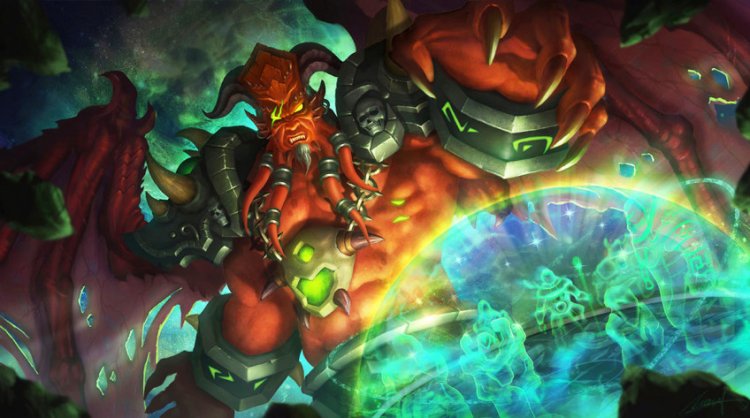
Kil'Jaeden is one of the "reusable" bosses. We first met him in The Solar Well Plateau in The Burning Crusade supplement, although his story, as we remember, begins much earlier: with Argus and Sargeras' generous offer. He was helped to get to Azeroth by the unprecedented power of Anvina Tig, a girl created from the energy of a destroyed Solar Well. In the final and most difficult raid of the expansion, he acted as the last boss, although from the point of view of tactics, the battle with him was not particularly memorable. The surprise was something else: Illidan Stormrage was called the main antagonist of the supplement from the very beginning, and it was he who flaunted all the art. However, the victory over him in the Black Temple turned out to be quite simple, and a few months later it turned out that there are villains in the Warcraft universe and purer than the rebellious elf.
By that time, Kil'jaeden had accumulated a lot of unpaid deeds: he inspired and trained Ner'zhul and Gul'dan, attracted Orcs to the service of the Legion and planned their invasion of the human world. To Him we "owe" the creation of the Scourge and the later transformation of Arthas into a Lich King. He also led Illidan — to a certain extent, because over time it turned out that the elf had his own plans for the Whip and Sargeras himself from the very beginning. And these villains met again in the "Legion" — but by that time the Fury of the Storm had turned almost into the main character of our confrontation with the troops of the dark titan.

Before getting to Sargeras himself in Antorus, we had to go to his tomb: the place where the avatar of the defeated titan was once imprisoned, while the Hum'Dan did not remove the seal from the prison. There, hoping to restore his master to his former strength, Kil'Jaeden was preparing to revive the avatar. And when he realized that the plan had failed and the victory promised by the fallen titan had slipped away again, the demon lord decided to get even with the uninvited raiders. And he did it cruelly and inventively: the first murder of the epoch-making version of Kil'jaeden took 654 attempts. Surpasses him in this indicator except that Uu'nat.
The battle with the Tempter is one of those during which you have to constantly monitor your condition and location while the boss calls for help, floods the site with dangerous puddles and tries to sweep the entire raid off it at once. One of the most difficult stages of the raid is to find Illidan as quickly as possible in the pitch darkness and deal with an army of enemies while his blessing is in effect.
This is where all the most interesting, unusual, complex and memorable WoW bosses, of course, do not end. We only mentioned the Avatar of the Fallen and Garrosh in passing, we didn't say a word about Al'ar, Kel'Thuzad, Chromaggus, Ouro or Solarian.
What's Your Reaction?













